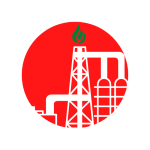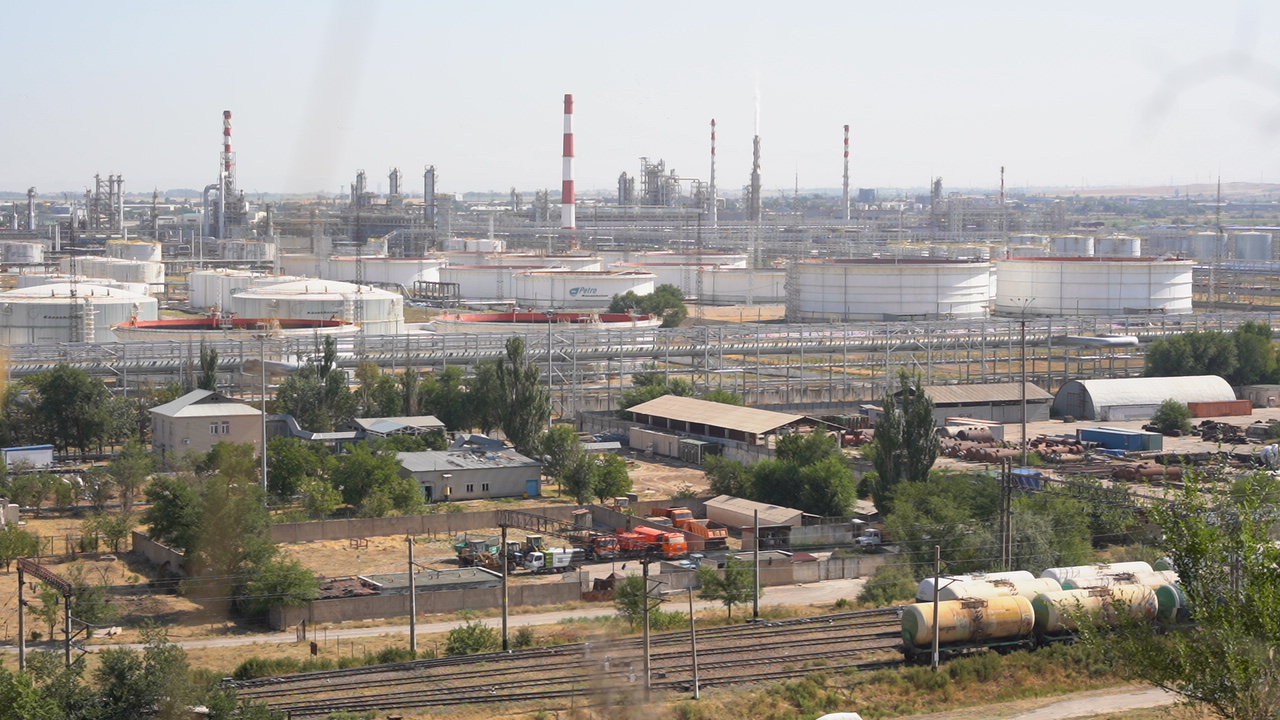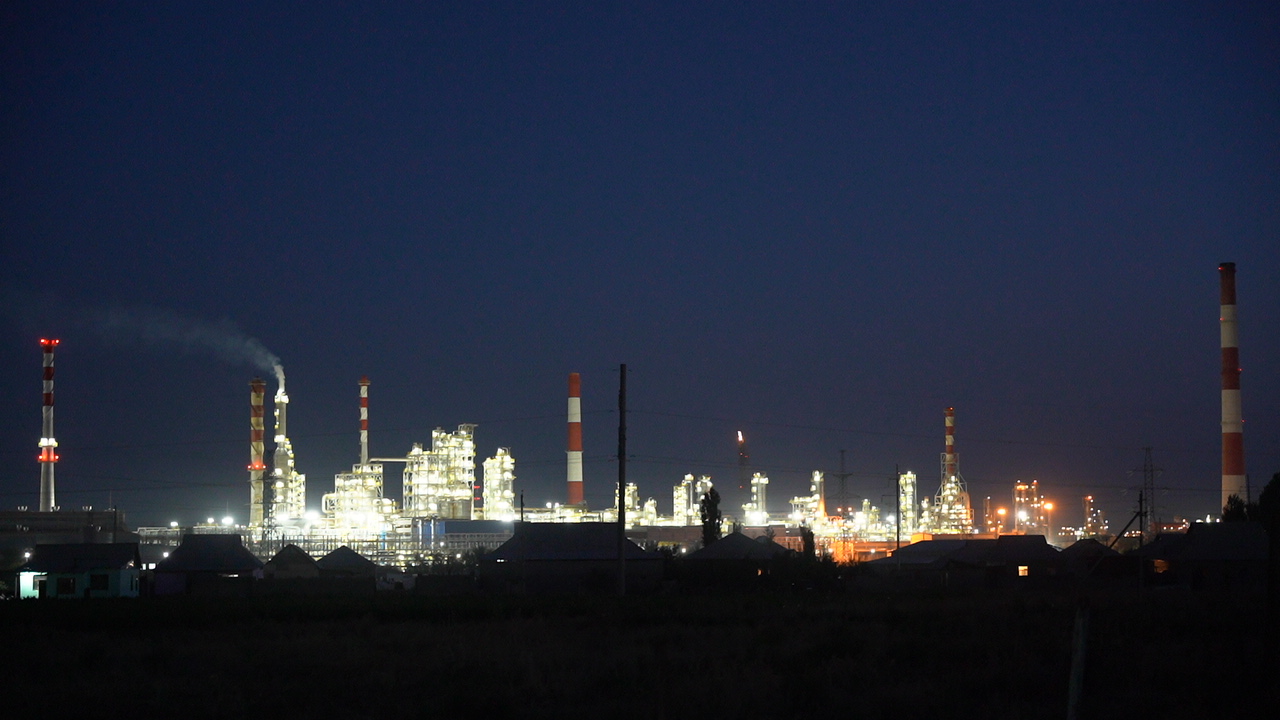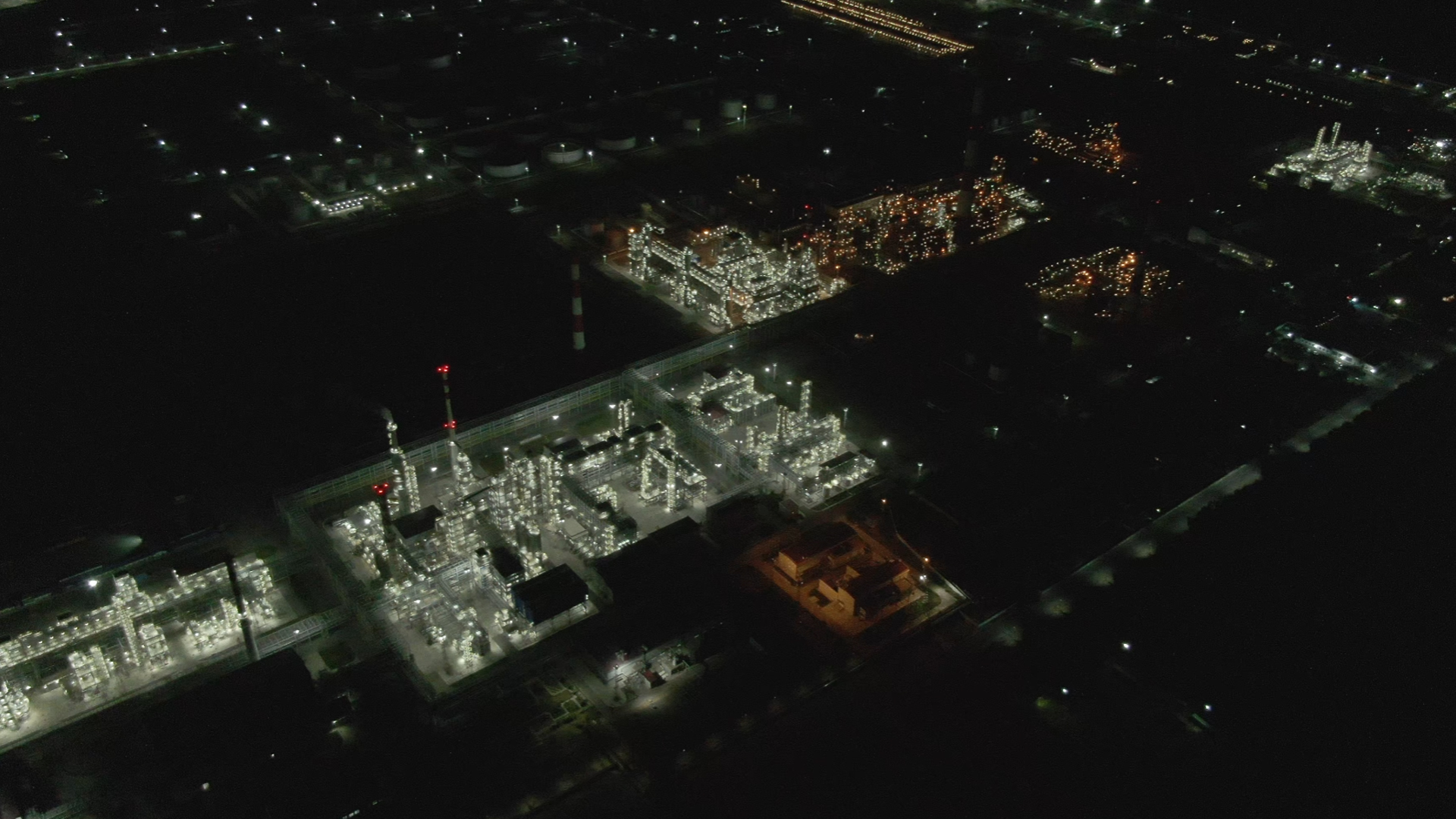
Shymkent Oil Refinery
Status: operating (as of July 2022)

General information
Name: Reconstruction and modernization of Shymkent Oil Refinery (2 phases)(*)
Chinese name: 哈萨克斯坦奇姆肯特炼厂一期 (1 stage),
哈萨克斯坦奇姆肯特炼厂二期 (2 stage)
Location: 5 Kapal Batyr St., Shymkent, 160011, Kazakhstan (42°15’36.0″N 69°39’00.0″E)
Project type: oil refining
Owner: PetroKazakhstan Oil Products LLP(*), PetroKazakhstan Inc.(*)
Main Contractor(s): China Petroleum Engineering & Construction Corporation (CPECC) (China); Rominserv (Romania); PetroKazakhstan Oil Products LLP (Kazakhstan)(*).
Sources of financing: China Eximbank ($963,75 mln, stage 1)(*), China Development Bank ($607 mln, stage 2)(*)
Project Cost: $2100 mln(*)
Project Status: operating (as of July 2022)




Project Overview
More than 90% of the equipment for the project was supplied from China
The Shymkent Oil Refinery (SOR) was built in 1985 and is the newest in the country(*). The refinery produces 30% of the total volume of oil products produced in the country.
The project was initiated in February 2014. The main objective of the modernization of the existing refinery was to increase the depth of refining of oil and gas chemical feedstock, through the use of the latest technology and equipment, and to move towards full self-sufficiency in fuel in the country. This is one of the key projects under the joint implementation of the Belt and Road Initiative..
In 2017, after the completion of construction and commissioning of the first phase, the standard of gasoline and diesel fuel was raised from EURO-2 to EURO-4 and EURO-5. In September 2018, work on the second phase was completed(*). More than 90% of the equipment for the project was supplied from China(*). Upon completion of the project, the quality of the fuel produced and the level of environmental safety of production increased, and the design capacity of the plant increased to 6 million tons per year(*).
The management of PetroKazakhstan Oil Products LLP believes that of the three refineries operating in Kazakhstan, the Shymkent Oil Refinery now has the most advanced technology in the field of environmental safety. 20% of the funds invested in the modernization of the refinery went to environmental protection measures. Thanks to advanced technologies, the annual emission of hazardous substances has been reduced from the refinery(*).
PetroKazakhstan Oil Products LLP is included in the List of 50 companies in Kazakhstan with the highest number of harmful emissions(*).

Project impact

Air environment

Aquatic environment

Land resources

Plants

Wildlife

Production and consumption waste

Socio-economic environment
Source: Conclusion of the State Environmental Expertise on the PSD “Modernization and Reconstruction of Shymkent Refinery of PKOP LLP. Adjustment”, 2019.
There were a lot of messages and complaints from the population in local social networks about the suffocating smell in the city at night
A survey of local residents showed that after modernization and increased oil refining, emissions from the plant increased dramatically. There were a lot of messages and complaints from the population in local social networks about the suffocating smell in the city at night (*).
Local authorities conducted an inspection and found no pollutants exceeded (*). There are no automatic air quality monitoring stations near the Shymkent Oil Refinery, and local environmental authorities rely on data provided by the plant itself(*). Similar complaints about emissions have been received from residents of surrounding villages near the plant (*).
Another serious problem for villagers has been the disappearance of water in local springs. This may be a result of the fact that water consumption has increased with increased oil refining at the refinery, and the refinery is actively withdrawing groundwater for its needs(*).
Residents of Shymkent and surrounding villages noted the lack of any prompt environmental information and dialog with them from the refinery management(*). Following an appeal from the environmental community, the Shymkent Oil Refinery was provided with an environmental impact assessment of the project
*Photographs taken by the “Just Journalism”

Publications and documents
- Made in China. What is the benefit of Chinese investments in Kazakhstan? SPECIAL REPORT
- Minutes of public hearings of the Shymkent Oil Refinery (2018.09.18)
- Conclusion of the State Ecological Expertise for the modernization of the Shymkent Refinery (2019.09.19)
- Response from the Department of Ecology of Shymkent (2020.07.23)
